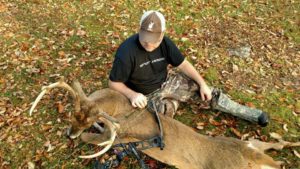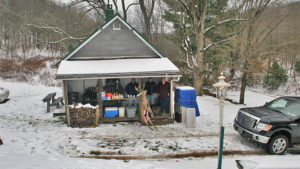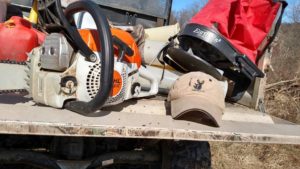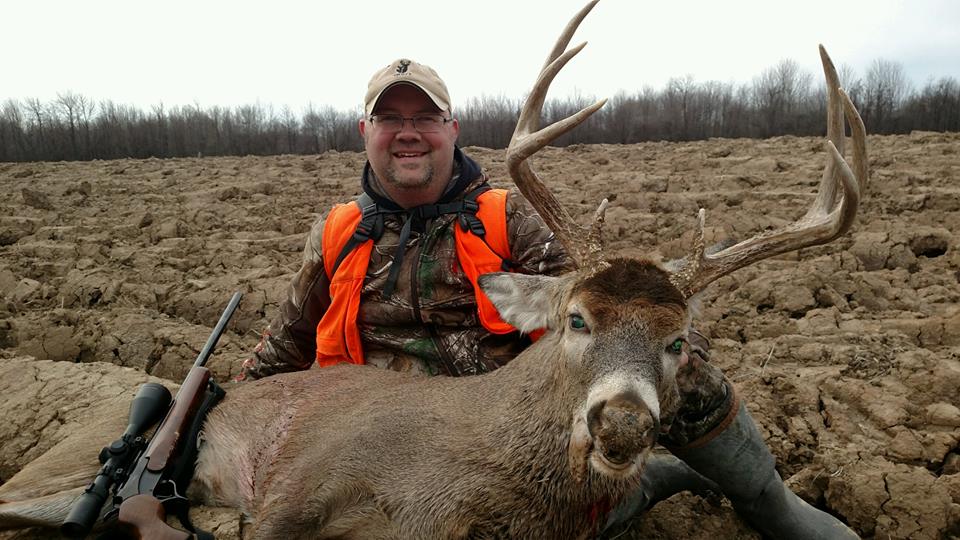When it comes to deer management, many of us automatically paint the picture of giant bucks, jacked up trucks and four thousand acres. QDMA is more about growing a healthy and well-balanced deer herd, which means they encourage and help you manage for the biggest and healthiest deer your particular property is capable of producing. Mature bucks are a possibility, but QDMA is not going to trump local genetics. Deer hunter satisfaction is viewed from two perspectives, satisfaction with the hunt/harvest and satisfaction with the overall hunting trip experience. How often have we heard the quote on a great photo of a happy hunter sitting behind their harvest, that you should have gave him one more year or what did that buck score. As much as everyone loves and strives to shoot a mature buck it is not always in the cards year after year.

The complex strategy
Managing a deer herd is an extremely complex puzzle and is influenced by many uncontrolled factors, some of which are poorly understood even by the country’s best wildlife biologists. A major goal of any deer management plan is to provide hunters with a quality hunting experience. Determining the success of their experience is the science and driving force behind hunter recruitment. More specifically, how much harvest success is related to a quality hunting experience. Most hunter satisfaction have considered the actual hunt and the overall hunting experience to be inextricable and, therefore, have not attempted to distinguish between the two. However, most hunters indicate harvest success is not the most important, or even a very important, component of a quality hunting experience. Being in the outdoors, temporary escape, and the deer camp experience often are the most important dimensions of a quality hunting trip than harvesting of an animal.

Healthy ecosystem
Deer overpopulation has the potential to limit forest regeneration to such an extent that the most basic ecosystem functions of a forest habitat may be threatened and your deer management plan forced to shift gears. Even where forests appear to be healthy at present, those forests will likely be negatively impacted by overpopulation of deer in the future unless those deer and their habitat are actively managed. The observations you make in the woods may indicate the level of impact that browsing deer generally are having on that particular piece of property. A variety of browse species and signs can be used as indicators to help recognize deer impacts. Obvious signs of deer browsing to seedlings or under-story plants and shrubs can indicate deer impacts and needs for available food. Browsing on species are not typically preferred by deer may indicate substantial deer impacts, as more palatable species are usually eaten first.
Preferred browse species
- Brambles (blackberry, raspberry)
- Grape
- Greenbrier
- Dogwood
- Choke cherry
- Ferns
- Wild flowers
Overpopulation browse indicators
- Beech
- Autumn Olive
- Tartarian Honeysuckle
- Multiflora Rose
- Japanese Honeysuckle
- Buck-thorn
The level of impact and your goals will help identify your habitat plans and management strategies. Beyond the impact on specific trees or other plants, deer can significantly influence wildlife habitat by altering the forest’s total composition and structure, which in turn will affect the entire forest ecosystem; being proactive in addressing this threat is an essential part of our deer management programs. Yearly evaluation of deer habitat impacts will draw you a management plan for each season. Every day you can do something in the whitetail woods that will better the deer hunting and deer health on your property.

Shoot what makes you happy
In the course of those discussions, many hunters, including me, believe we should follow the principles of Quality Deer Management (QDM) if we want better deer hunting. That doesn’t mean, though, that many of us don’t harbor some of the if-I-don’t-shoot-it-the-next-guy-will mentality. There’s always that question in the back of my mind when I let a buck walk. QDM means different things to some hunters. Deer hunting is too personal to be told what you can and can’t shoot. What does Quality Deer Management mean to you?









![The Best Deer Camp Chili [VIDEO] Deer Chili Ingredients, Tomatoes, Chili Spices](/wp-content/uploads/2015/10/Deer-Chili-Deer-Camp-Recipe-218x150.jpg)








![How to Call Elk Early in the Season [VIDEO]](/wp-content/uploads/2016/08/byers003-218x150.jpg)




![Idiots Disturb Hunter: How Would You Have Handled It? [VIDEO]](/wp-content/uploads/2015/10/DSC00110-e1474487693878-100x70.jpg)
![Albino Buck Shocked to Shed His Antlers [VIDEO]](/wp-content/uploads/2015/10/AlbinoDeer-100x70.jpg)